Ohio Farm Bureau Podcast: Tariffs and Ag Trade
Learn about an AFBF Market Intel report that explores different topics related to agricultural trade, including the potential impacts of trade policy changes.
Read MoreTo help members navigate the ever-changing landscape of agricultural trade in 2025, Ohio Farm Bureau has collected information and resources that will be updated as the trade and tariff situation continues to unfold.
To stay up to date on the latest tariff news, subscribe to American Farm Bureau’s MarketIntel e-newsletter.
Since the beginning of the Trump administration, there has been a lot of focus on trade and the use of tariffs to level the playing field for American farmers. After decades of substantial U.S. agricultural trade surpluses, staggering agricultural trade deficits over the past two years have caught the nation’s attention. For fiscal year 2024, USDA’s Economic Research Service estimated a record $32 billion agricultural trade deficit, only the fourth agricultural trade deficit in the last 50 years.
American Farm Bureau Federation President Zippy Duvall commented on President Trump’s announcement that the United States will impose reciprocal tariffs on trading partners.
“Trade is critical to the success of farmers and ranchers across the country. We share the administration’s goal of leveling the playing field with our international partners, but increased tariffs threaten the economic sustainability of farmers who have lost money on most major crops for the past three years,” Duvall said. “We encourage the administration to work toward a swift resolution to trade disagreements to avoid tariffs that put farmers and ranchers in the crosshairs of retaliation, and to pursue strategies that expand market opportunities for the men and women who grow the food every family in America relies on.”
According to USDA’s Economic Research Service, exports make up 20% of the farmer’s bottom line. After a nearly 30% drop in farm income over the past three years, there is major concern that tariffs levied on trading partners across the globe would only add to further losses at the farm gate. As a reminder, a tariff is a tax paid at the border by an importer seeking to bring products into the United States from a foreign country.
Agricultural Exports 101
Trade policy decisions being made in Washington will impact farmers and ranchers in the countryside. With one-fifth of U.S. agricultural production destined for foreign markets, agricultural exports are vital to the financial success of U.S. farmers. A recent American Farm Bureau Market Intel report, Agricultural Exports 101, explores different topics related to agricultural trade, including the potential impacts of trade policy changes.
Understanding the new tariffs
Starting April 5, a 10% baseline tariff has been applied to nearly all products from all countries, with a few notable exceptions. Now, 57 countries (83 when accounting for all European Union member states) will face higher tariffs of up to 50%, which go into effect April 9. What are some of the exemptions being made for farmers and how will tariffs impact American agriculture’s bottom line? Get the answers in this Market Intel report, Understanding the New Tariffs, from American Farm Bureau.
Tallying up the latest retaliatory tariffs
From Inauguration Day through March 18, 2025, an additional 20% of tariffs have been applied to all Chinese products, 25% to most Canadian and Mexican products (which were subsequently paused through April 2 on USMCA-compliant products) and 25% to all steel and aluminum imports from all countries. Canada and China have already implemented retaliatory tariffs in response to U.S.-imposed tariffs. In the AFBF Market Intel Report, Tallying Up the Latested Retaliatory Tariffs, learn how tariffs can be a double-whammy for farmers.
Farmers caught in crossfire of Chinese ship fee fight
In 2024, U.S. farmers exported over 144 million metric tons of agricultural products, valued at more than $105 billion, through ocean ports. These ocean shipments represented nearly 60% of total agricultural export value and 65% by volume, underscoring the vital role of maritime transport in delivering U.S. agriculture products to global customers. However, recent proposals to impose substantial fees on Chinese-built and -operated vessels entering U.S. ports could have far-reaching consequences for agricultural trade. Find out what this could mean for American farmers in this Market Intel report from American Farm Bureau, Farmers Caught in Crossfire of Chinese Ship Fee Fight.
Ohio Farm Bureau county leaders face uncertainty in D.C. – Ohio Ag Net
Ohio Farm Bureau members concerned about tariff impacts to trade – Brownfield Ag News
What would a trade war with Canada mean for Ohio? – Columbus Dispatch
Widening trade war threatens $21 billion worth of U.S. corn, soybean exports – Spectrum News
Ohio’s farmers concerned about new tariffs imposed by President Trump – Statehouse News
Ohio farmers fear losses from new tariffs – Ohio Ag Connection
How Trump’s ‘liberation day’ tariffs could affect Ohioans – WCMH-TV Columbus
Ohio farmers worry about looming tariffs – Fox 28 TV Columbus
Tariffs impact on Ohio’s agriculture: Farmers’ struggle continues – Scripps News
Trump’s sweeping tariffs are met with trade tensions – Ag Daily
Ohio farmers export half their soybeans. Tariffs could hurt business – Ohio Public Radio
Ohio farmers brace for the impacts of tariffs on Mexico and Canada – Spectrum News
The Spectrum: Ohio’s newest congressman; tariffs affect state’s farms – NBC4 Columbus
American farmers fretting about Trump tariffs – Axios
Farm Bureau wary of tariffs – The Bryan Times


Learn about an AFBF Market Intel report that explores different topics related to agricultural trade, including the potential impacts of trade policy changes.
Read More

Over 20% of all the production in the United States from agriculture gets exported to a different country.
Read More

Ohio Farm Bureau has collected information and resources that will be updated as the trade and tariff situation continues to unfold.
Read More
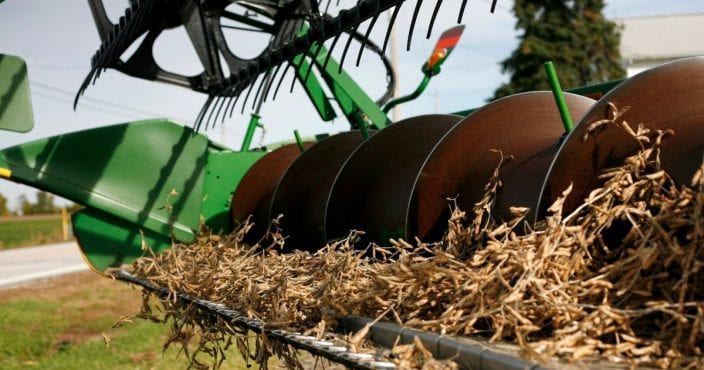
Learn more about how the Ohio Soybean Council is working with trade teams from around the world to find demand for Ohio grown soybeans and why more farmers are looking into forming LLCs.
Read More

Shortly after the crisis escalated, prices for corn, soybeans and wheat were trading limit-higher overnight.
Read More
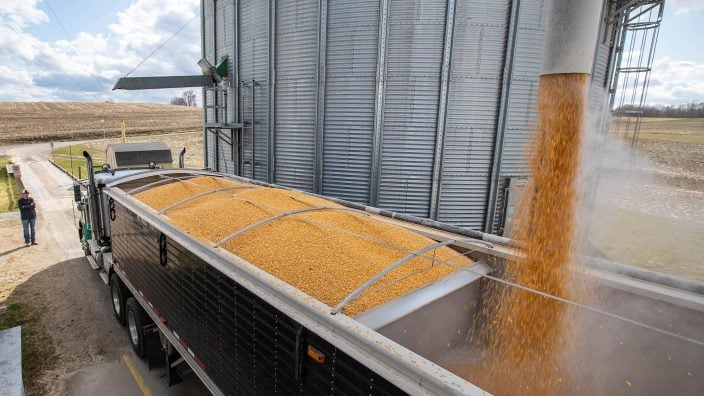
Just as grain prices quickly climbed, so did the prices for other agricultural products.
Read More

Sen. Sherrod Brown hosted a virtual roundtable with Ambassador Katherine Tai, 19th United States Trade Representative, and Ohio farmers, workers and manufacturers to discuss the impact of trade policy on Ohio communities.
Read More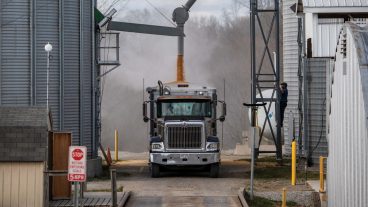
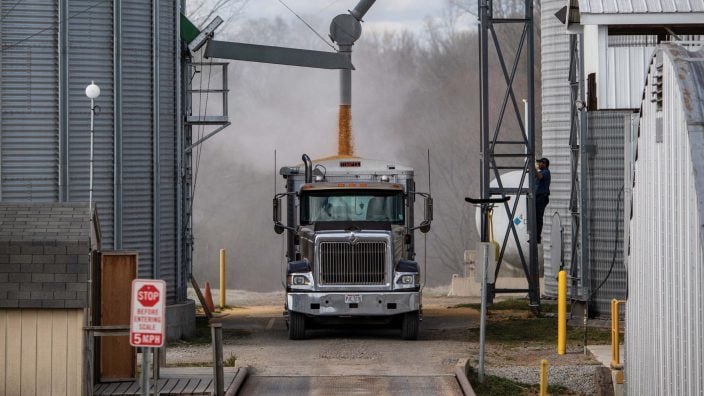
The economic impact of international trade extends far beyond the farms producing the crops.
Read More

Newton, chief economist at American Farm Bureau, talks about the latest news involving ag trade, farm profitability and future outlook on the farm economy.
Read More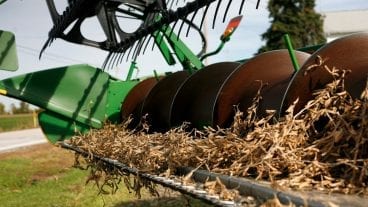
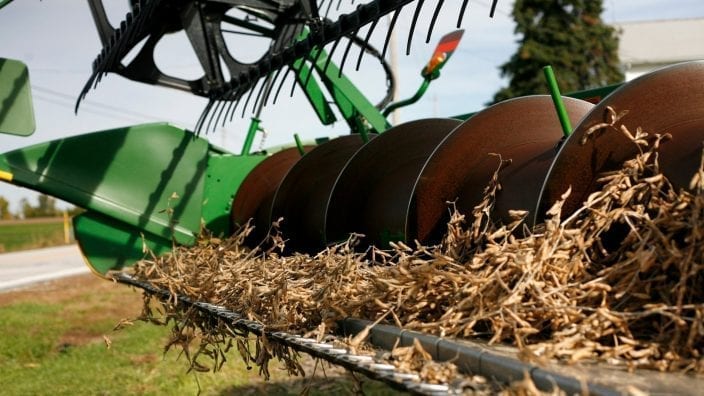
Shortly after the Phase One trade deal was struck between the U.S. and China, the final tranche of the latest…
Read More